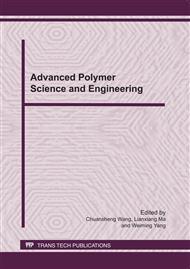p.422
p.429
p.436
p.444
p.449
p.455
p.460
p.466
p.472
Design and Characterization of a Flexible Micro-Displacement Manipulator
Abstract:
For its fast response, nanometer resolution, no backlash, no friction and bigger driving force, flexure hinge has been commonly used as a substitute for mechanical joints in the design of micro-displacement mechanisms used in vibration suppression and micro-positioning applications. However, inaccurate modeling of flexure hinges deteriorates the positioning accuracy. In this paper, a planar two-degree-of-freedom (DOF) parallel four-bar manipulator is designed with the intention of accurate flexure hinge modeling. A 1-DOF flexure hinge is considered, a static analysis and a dynamic analytical model of parallel four-bar manipulator is presented. Simulation result based on the finite element method is coincident to the analytic result. Based on the theoretical analysis, the experimental demonstration to study the performance of the manipulator is described, and experimental results are in close agreement with those predicted by the theoretical analysis.
Info:
Periodical:
Pages:
449-454
Citation:
Online since:
March 2011
Authors:
Price:
Сopyright:
© 2011 Trans Tech Publications Ltd. All Rights Reserved
Share:
Citation:


